
• 7 min read
Atelier Resleriana: Forgotten Alchemy and the Polar Night Liberator
Hello, and welcome back to a new mobile game review post! This time, I checked out the latest entry in the Atelier series, a mobile and PC game titled Atelier Resleriana: Forgotten Alchemy and the Polar Night Liberator!
How I do reviews
I have done reviews of mobile games in the past, but how I did it was kind of tedious, with me taking screen captures of almost every main screen. Starting now, I decided that I needed a new format so that I don't get burned out, and here it is! I review mobile games based on those criteria:
- Gameplay: Core mechanics, and the feel of the game
- Appeal: Characters, story, and other additional elements that contribute to appeal of the game
- Routine Activities: Activities that are routinely done, such as dailies and weeklies
- Events: Limited-time content updates, and the variety it offers.
- Progression System and Gacha: The progression of an account, and gacha system.
Overview: Alchemy on the go
Atelier Resleriana: Forgotten Alchemy and the Polar Night Liberator is a RPG where you gather, then craft, then battle, then gather again, then craft, then battle again... it's an Atelier game. This game adopts a dual protagonist system, where the main characters are Resna and Valeria, making the Resleriana portmanteau.
The game is jointly developed by Gust (the developer of the Atelier series), Team NINJA (whose mobile game experience with Dead or Alive Xtreme: Venus Vacation helped the game), and Akatsuki Games (a mobile game company). The Atelier series has a mobile game before, Atelier Online, but I heard it didn't do pretty well. How does this mobile game stack up against others?
Gameplay
It's an Atelier game, so it's a turn-based RPG with crafting elements. For the crafting, it is very much simplified, where you choose the recipe, two characters, and one more material. The fact that you need to choose two characters and one material signifies that, in my view, most mobile games end up as a character-collecting game. On one hand, this makes crafting a bit faster, and when you're doing this as part of your dailies, that speed is very appreciated. On the other hand, if I want some complexity in crafting, I can just open Sophie 2 or Ryza 3 instead of Resleriana.
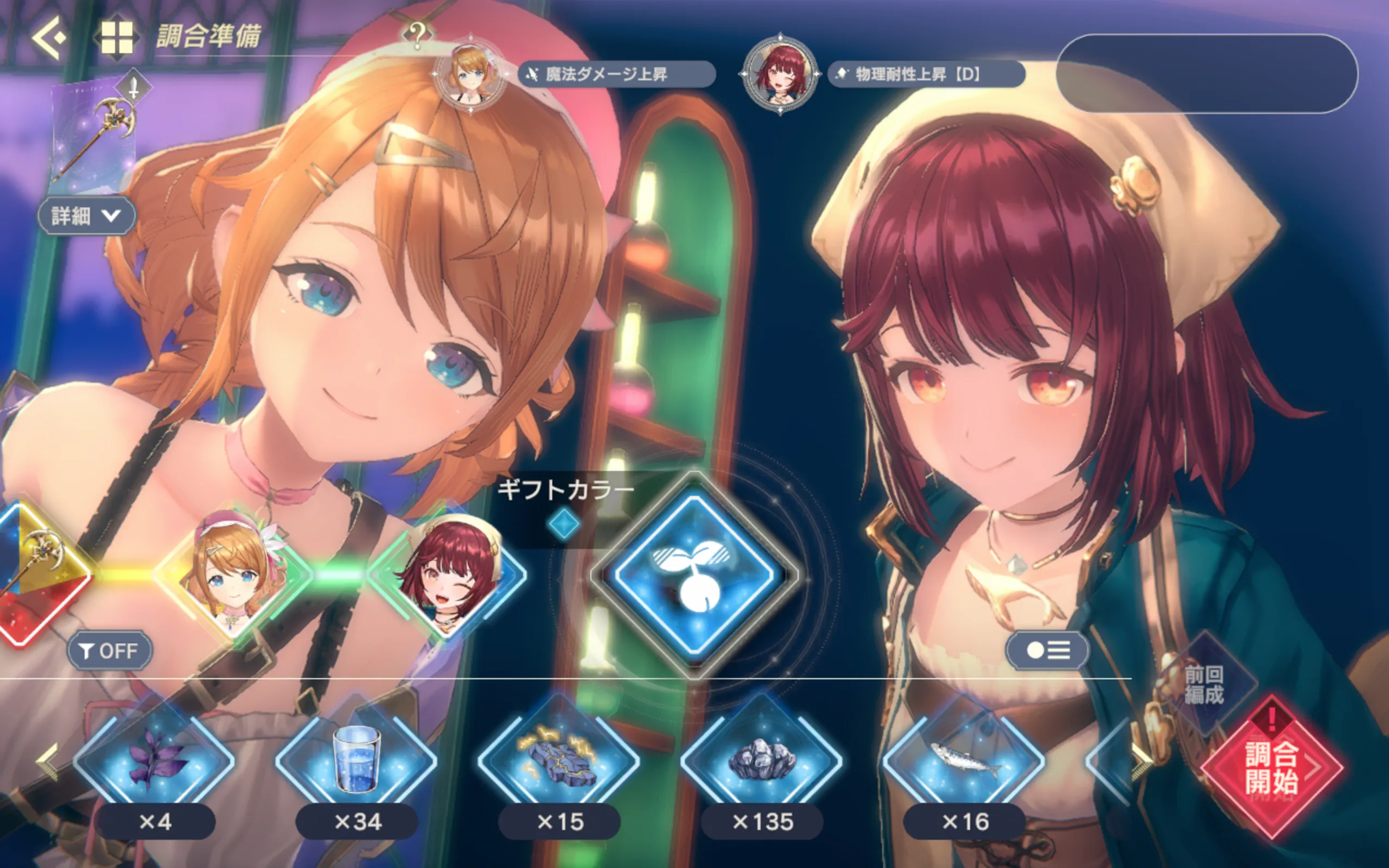
For the battle, you will bring 5 characters with you, along with 3 items (normal battle) or 5 items (dungeons). Each character has two skills and one burst, with differing wait durations (how long before they can take action again). Burst are activated not by some sort of energy bar, but whether their turn is a burst turn. Turn manipulation is the name of the game here, so choosing skills so that your turns land during burst turns, and enhanced skill turns, and prevent enemies from getting those beneficial turns.
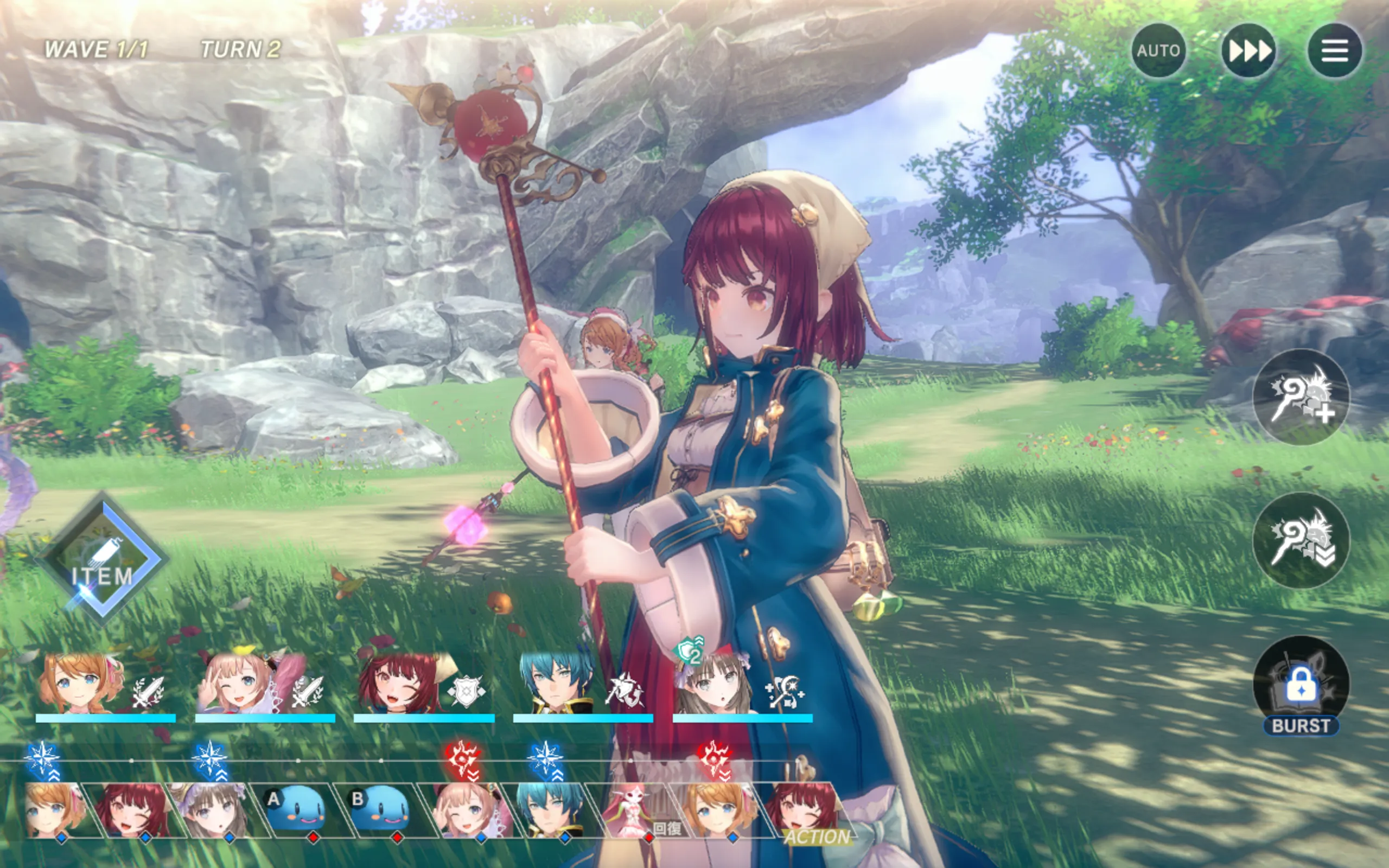
Some stages are instead dungeons, where it basically plays like a simplified Atelier map, where you gather resources and fight enemies. This function can also be ran at auto, and I would do it anyway because all you do pretty much is go to the next point, gather and/or fight, and then move on.
Appeal
For mobile games, I believe the principle that gameplay is what makes you start playing, but characters and story are what makes you stay. Well, it's an Atelier game, with Atelier characters. The core gameplay is quite simplified compared to the Atelier games that I played, but the character roster is pretty stacked, spanning multiple past Atelier entries. I cannot comment on the story itself for now, as my Japanese comprehension skills are subpar, but from my observation, the characters from other Atelier games have a more prominent role in this game compared to Atelier Online.
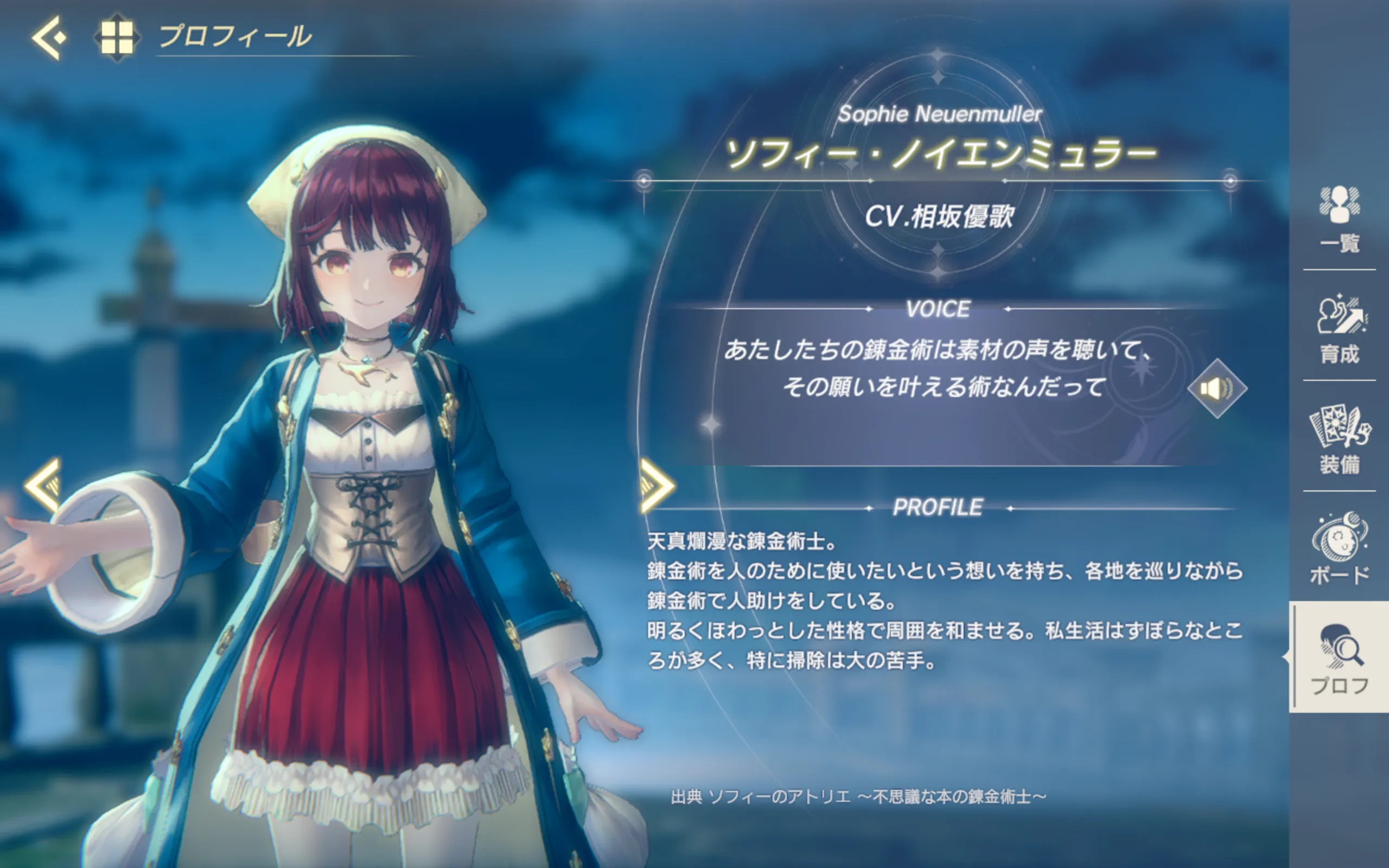
When trying out a game, I try to find a character that I can determine as the character that can make me keep playing the game. In this case, that character, Sophie, arrived as the very first event banner. Sophie isn't the only character I like, though. The game icon alchemist, Resna, is one that immediately striked me as familiar when I heard her voice... because her voice actor also voices Astgenne from Arknights. Astgenne has a sister, Astesia (also my favorite Arknights character), whose voice actor voiced... an Atelier protagonist as well (Totori). Stars is also heavily involved in the lore of Resleriana. Damn it, Resna feels like she was designed specifically for me!
Routine Activities
One of the things I find surprising about this game that the only routine activities that exists in Atelier Resleriana are dailies and weeklies, and the weeklies are basically just an extension of dailies. The battles are skippable, but the synthesis is not (it's an Atelier game). There's not much to do during even during events, since so far event currencies are obtainable from regular stages, so it becomes even more of an extension of dailies.

Events
The first ever event of Atelier Resleriana is... underwhelming, to say the least. Just a boss score battle. The next event, more score battles, with a few stories. I'm sincerely hoping that they will have major events with new gameplay mechanics in the future, like how Neural Cloud did their events (even then, Neural Cloud's first major event is quite early). At the moment, the events just did not appeal to me much.

Progression System and Gacha
The progression system, let's just say, feels pretty Japanese. There are four character classes (Attacker, Defender, Breaker, and Supporter) and seven damage types (four elemental and three physical). Characters start with an ascension level based on their starting rarity, and can be ascended with character pieces (lots of Japanese games have similar systems), but their level is not capped depending on ascension, unlike Atelier Online, but capped depending on their Grow Board level (more on that level).
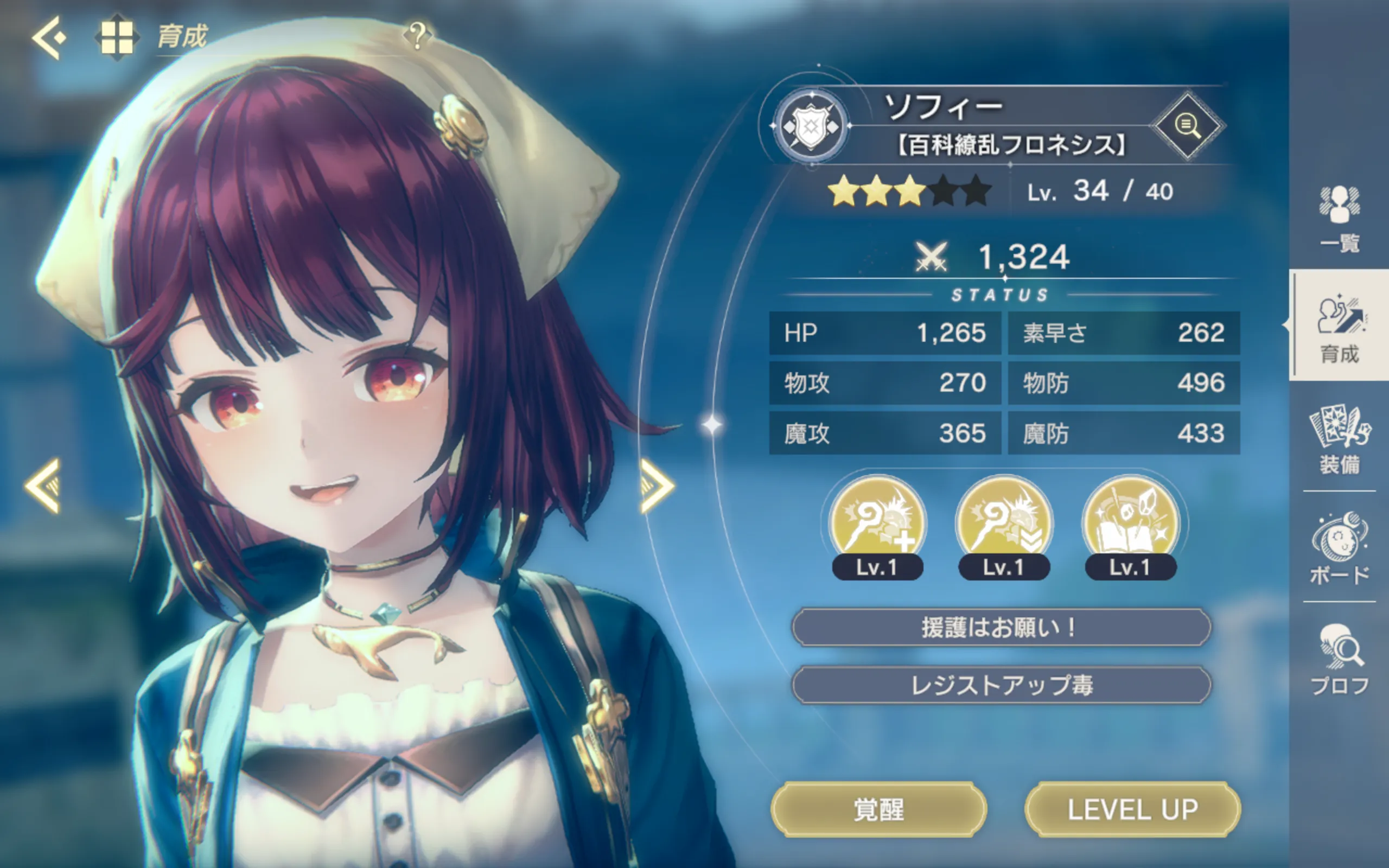
Each character can equip one Memoria and three items. Memorias come from the gacha, while the items are crafted (it's Atelier). There are a lot of items that can be crafted in this game, and gives certain bonuses, so certain items can fit some characters better than others.

Each character has a Grow Board, and it contains stat upgrades, skill level upgrades, and level cap increases, which can be unlocked at the cost of materials. Once all upgrades on a Grow Board level are unlocked, the character can go up to a higher Grow Board level.

Like most mobile games, the progression starts off really quick, but you will inevitably hit a wall where you must farm materials for your characters to become more powerful to progress more. In my case, I hit it around the middle of Chapter 2, so I decided to farm a lot longer than is probably necessary to clear the chapter.
Crafting also has a progression system, like recipe book systems in some Atelier games. Each item will require a few tasks to be completed first before that item can be crafted, and that item will require materials from certain stages, so completing as many story stages as possible is a good strategy.
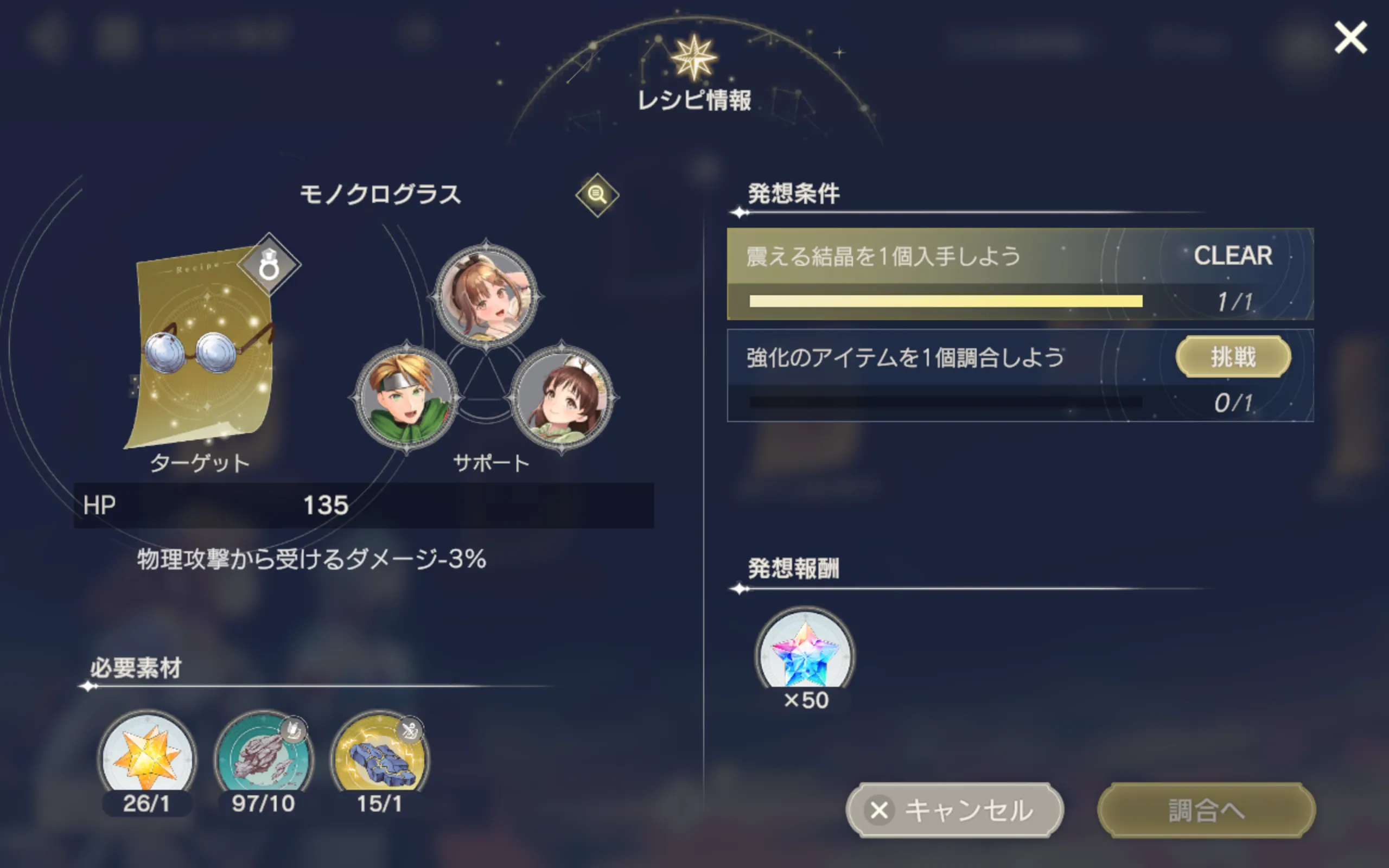
The gacha system feels quite a bit old-school, since it adopts a "spark" system (getting medals each pull to exchange for a character of choice) instead of a "pity" system (you are guaranteed the character after a certain number of pulls). A 10-pull costs 3000 gems, with a 4% base rate for characters and 2% for Memorias. Yes, characters and memorias share the same banner. There is also no differentiation between "standard" and "limited" banners here so far, and every banner share the same medal pool, so each pull can contribute to the number of medals for "spark". Banners in this game do feel pretty short, lasting only 7 days, with around 7 more days of the characters being available for "spark".
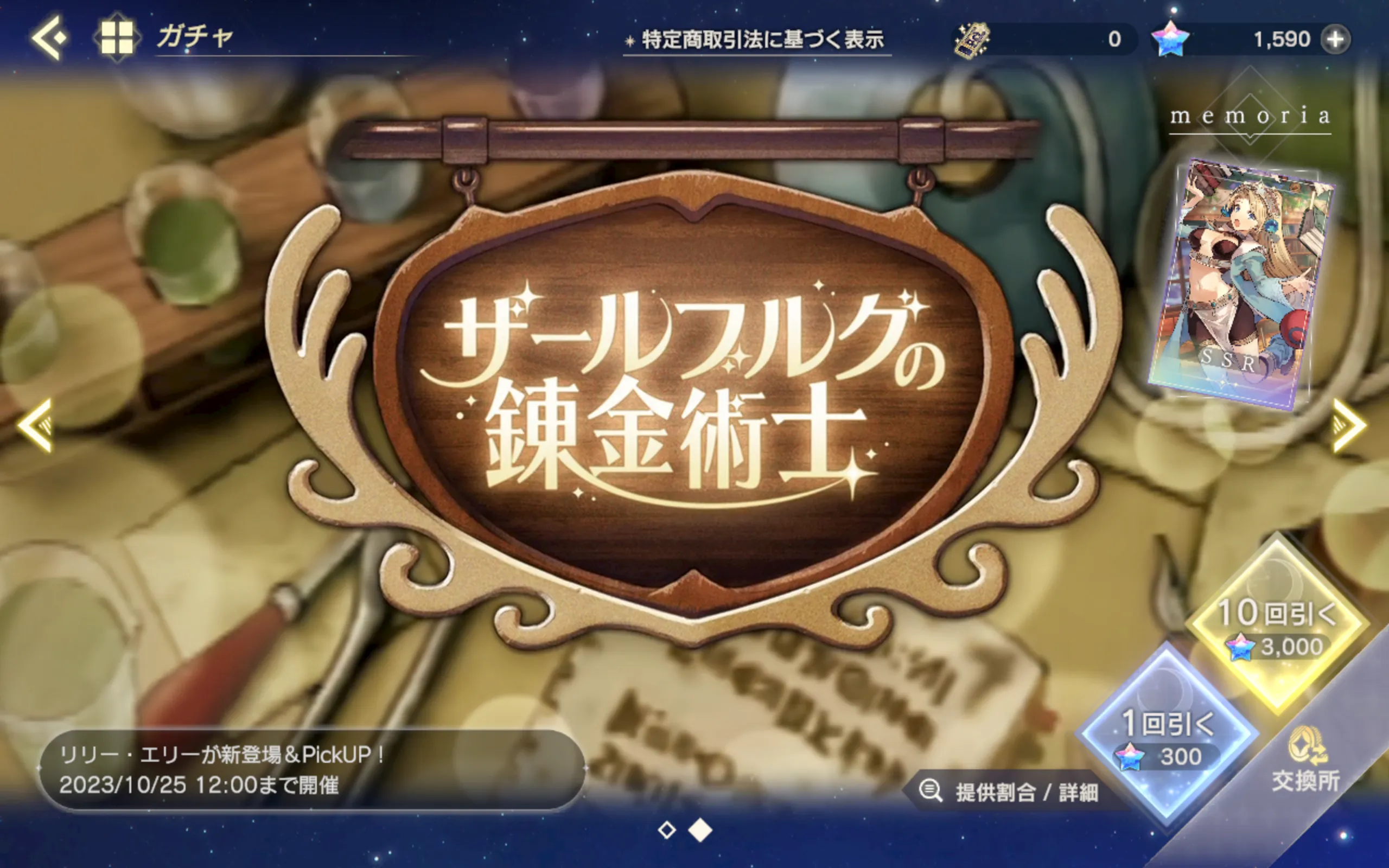
I do not usually evaluate the monetization model of mobile games as I review from a perspective of a player that does not spend on anything (F2P), but keep in mind that Resleriana is a pretty expensive game to whale on, since 3000 gems (for a 10-pull) normally costs 6 thousand yen, which is as expensive as Memento Mori, another game that I played in the past. Exercise caution if you decided to spend on this game.
Conclusion
After playing it for almost a month, and after seeing the events it has, I am pretty convinced that Resleriana took the concept that "characters and story are what makes people stay" and thinks it can survive on that concept alone. The core, simplified, game mechanics may be at least somewhat interesting, but when the events are just chasing the bigger number, it diminishes the enjoyment that I get to this game, making the fact that all those characters from the Atelier games are in one place, the only reason why I may still want to play Resleriana. I am just not motivated enough to continue playing this game.
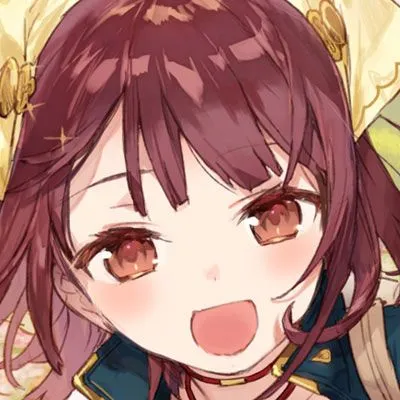
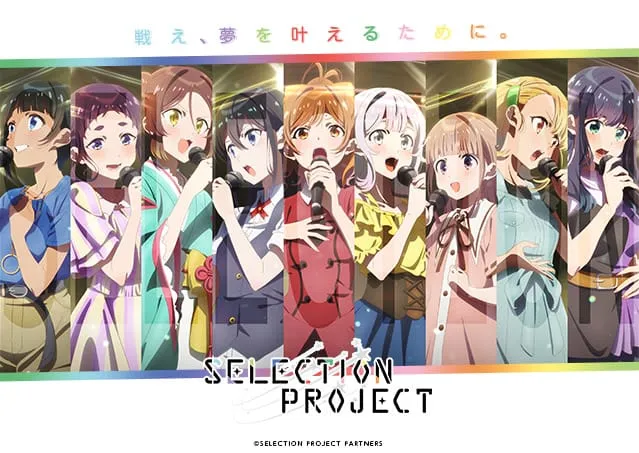

Comments